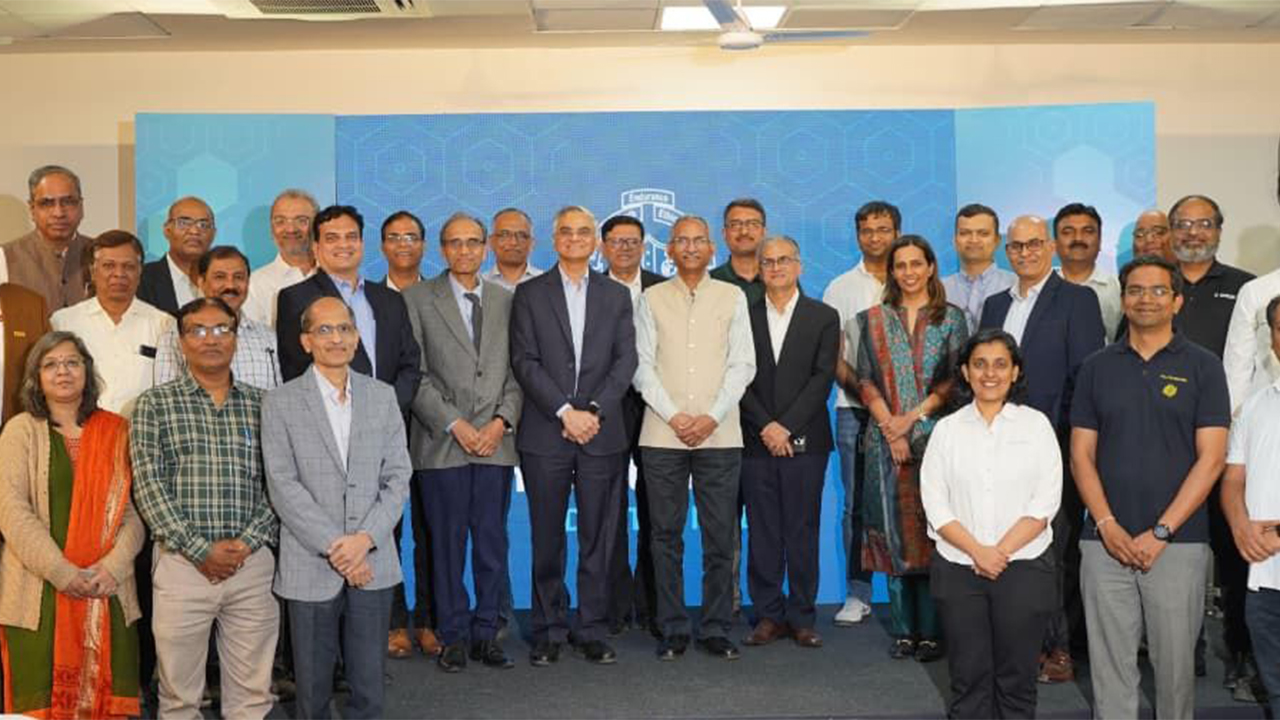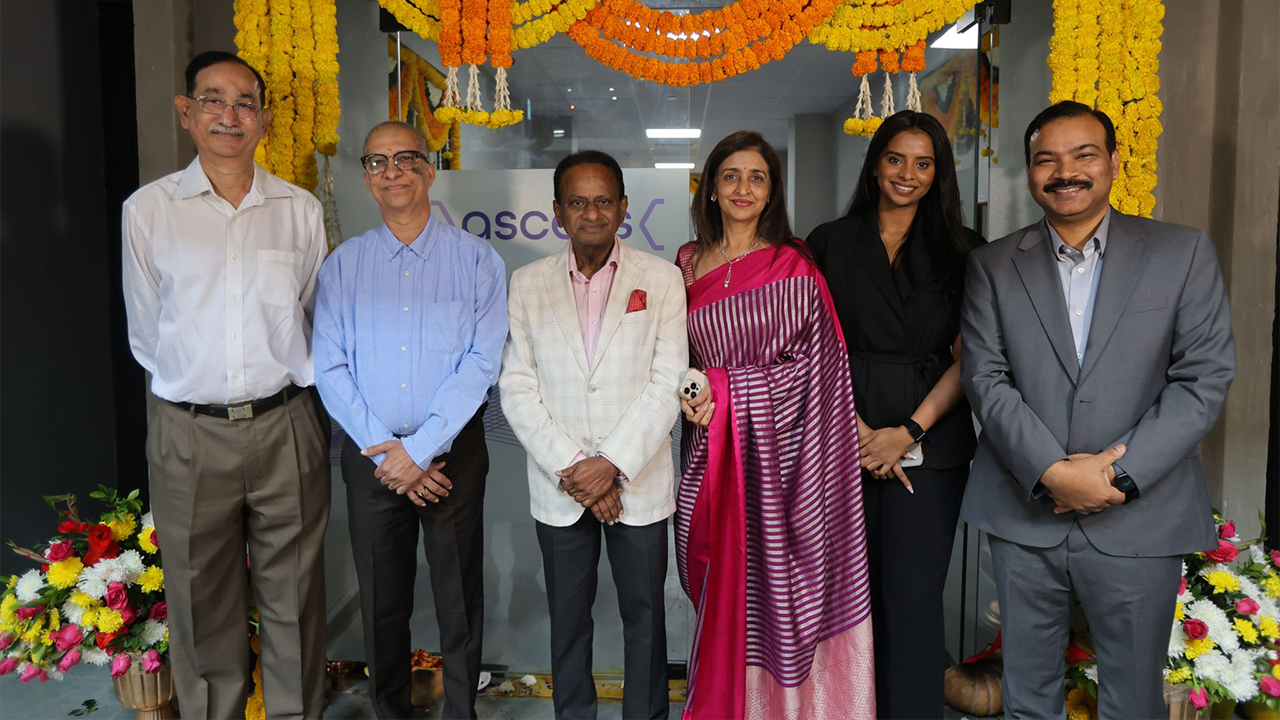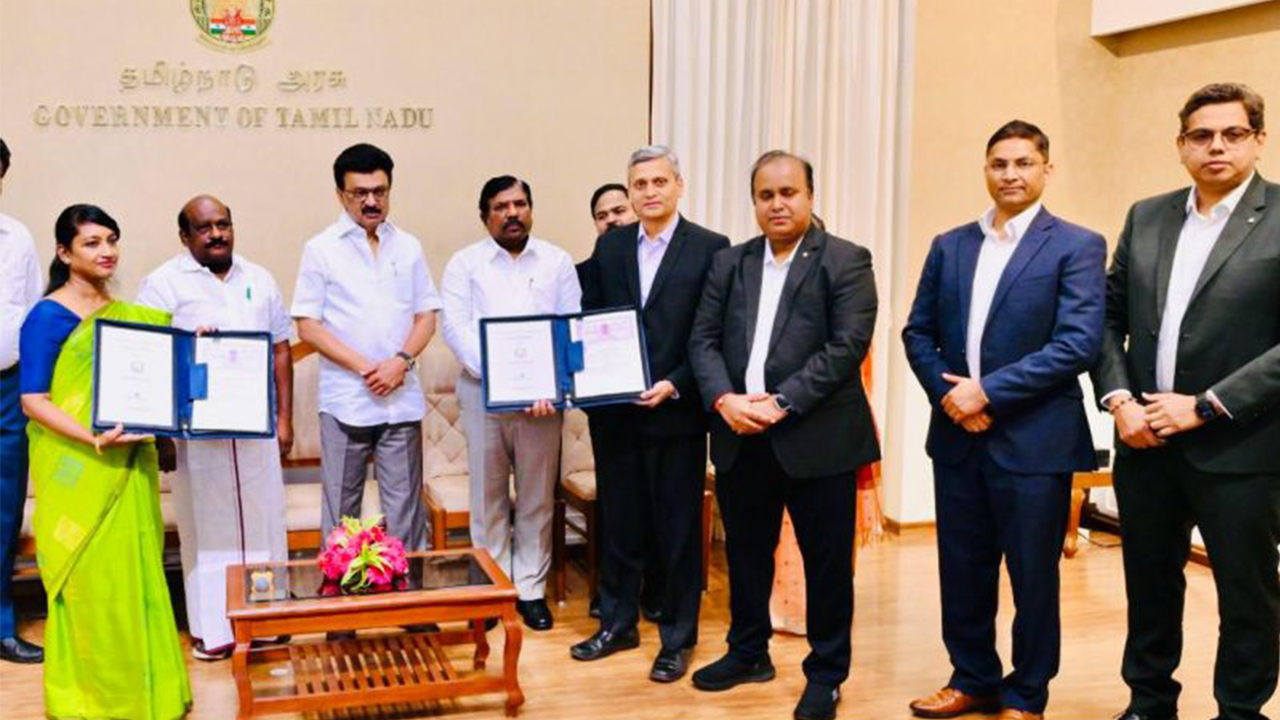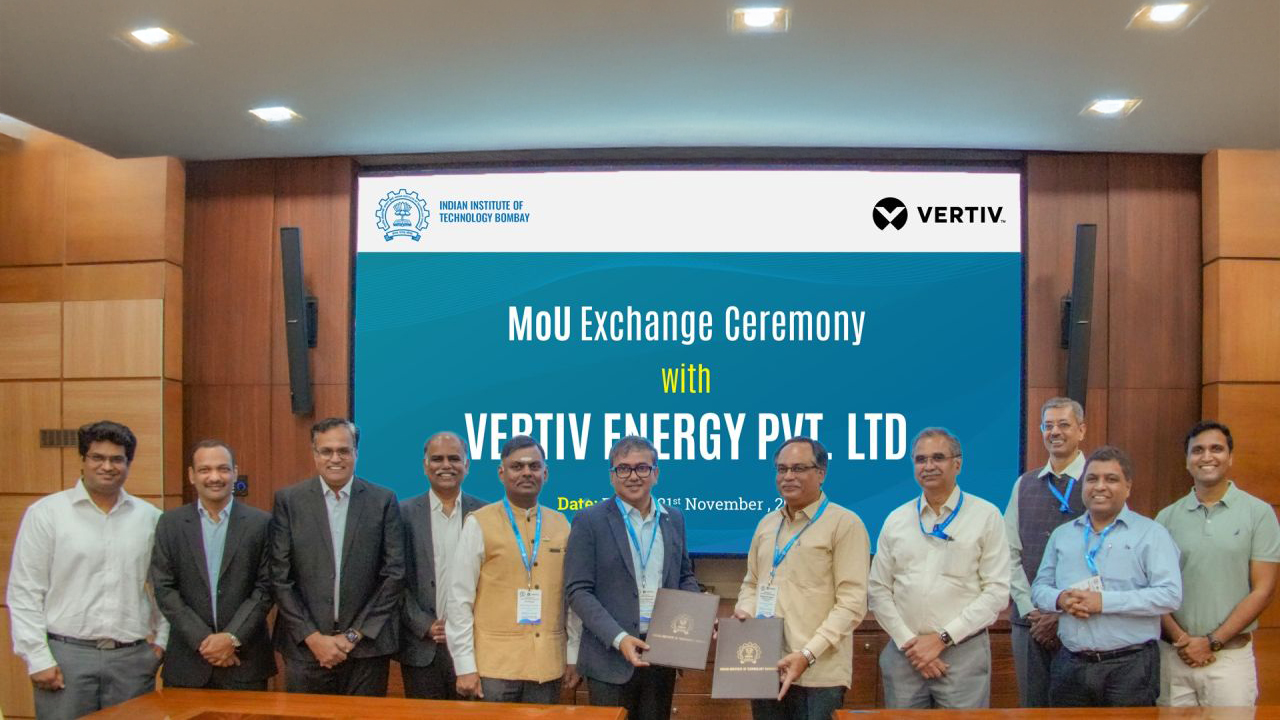Manufacturing sector growth constrained by COVID-19 and surging costs
#MarkitEconomics #Manufacturing #report
● PMI slides to 52.3 in August
● Factory orders and production rise at softer rates
● Input costs continue to increase sharply

September 2021: Growth of manufacturing production in India was curbed in August by the pandemic and rising input costs. A softer upturn in sales led companies to pause their hiring efforts, with business confidence dampened by concerns surrounding the damaging impact of COVID-19 on demand and firms' finances.
However, with order books still expanding and businesses retaining optimistic growth projections, stock-building efforts continued and additional materials were bought. On the price front, a softer but still sharp rise in input costs underpinned a quicker increase in charges.
Registering 52.3 in August, the seasonally adjusted IHS Markit India Manufacturing Purchasing Managers’ Index® (PMI®) pointed to an improvement in overall operating conditions for the second straight month. That said, the headline figure was down from 55.3 in July, indicating a softer rate of growth that was subdued in the context of historical survey data.
Manufacturing production increased for the second straight month in August amid reports of improved sales and demand. However, growth was curbed by the pandemic and elevated price pressures. The overall rate of expansion was modest and below its long-run average.
New orders also rose for the second straight month, and at a softer pace. Some firms suggested that favourable market conditions and fruitful advertising boosted demand for their goods. Others noted that sales fell due to the pandemic.
August data pointed to back-to-back increases in new export orders, but here too growth lost momentum. The pace of expansion was only marginal.
Commenting on the latest survey results, Pollyanna De Lima, Economics Associate Director at IHS Markit, said: “August saw a continuation of the Indian manufacturing sector recovery, but growth lost momentum as demand showed some signs of weakness due to the pandemic. Yet, factory orders and output rose across the consumer, intermediate and investment goods categories. The 12-month outlook for production remained positive, though confidence faded amid worries concerning the lasting scars of the pandemic and the adverse impact of rising costs on companies' finances parallel to a lack of pricing power. Charges levied by manufacturers rose as some firms shared part of their additional cost burdens with clients, although to a lesser degree than selling prices. Input prices increased sharply, due to strong competition for scarce raw materials and transportation issues. Uncertainty regarding growth prospects, spare capacity and efforts to keep a lid on expenses led to a hiring freeze in August, following the first upturn in employment for 16 months in July."
Indian manufacturers signalled another monthly rise in cost burdens, thereby taking the current stretch of inflation to 13 months. The rate of increase softened, but remained elevated by historical standards. Cost pressures were linked by survey members to raw material scarcity and transportation problems.
Manufacturers passed part of the additional cost burden on to clients by lifting their fees. The rate of inflation quickened to a three-month high, but was below that seen for input costs.
Amid reports of efforts to immediately fulfil new work in order to receive payments quickly, companies worked through their pending orders in August. Backlogs decreased at a slight pace that was broadly similar to those seen in the prior three months.
The speedy dispatch of purchased goods also caused a fall in holdings of finished products. The rate of depletion was marked, despite easing to the slowest in three months.
Conversely, pre-production inventories continued to rise as firms purchased additional materials in tandem with greater output needs. Both buying levels and input holdings increased at softer rates, however, as raw material shortages among suppliers and a lack of container availability resulted in a further lengthening of average lead times.
Employment levels were broadly stagnant in August as companies reportedly had sufficient workforces to cope with current requirements and confidence remained subdued. Although output was predicted to increase in the year ahead, the overall degree of optimism weakened from July.
NEWSLETTER
TRENDING ON PRO MFG
MORE FROM THE SECTION









